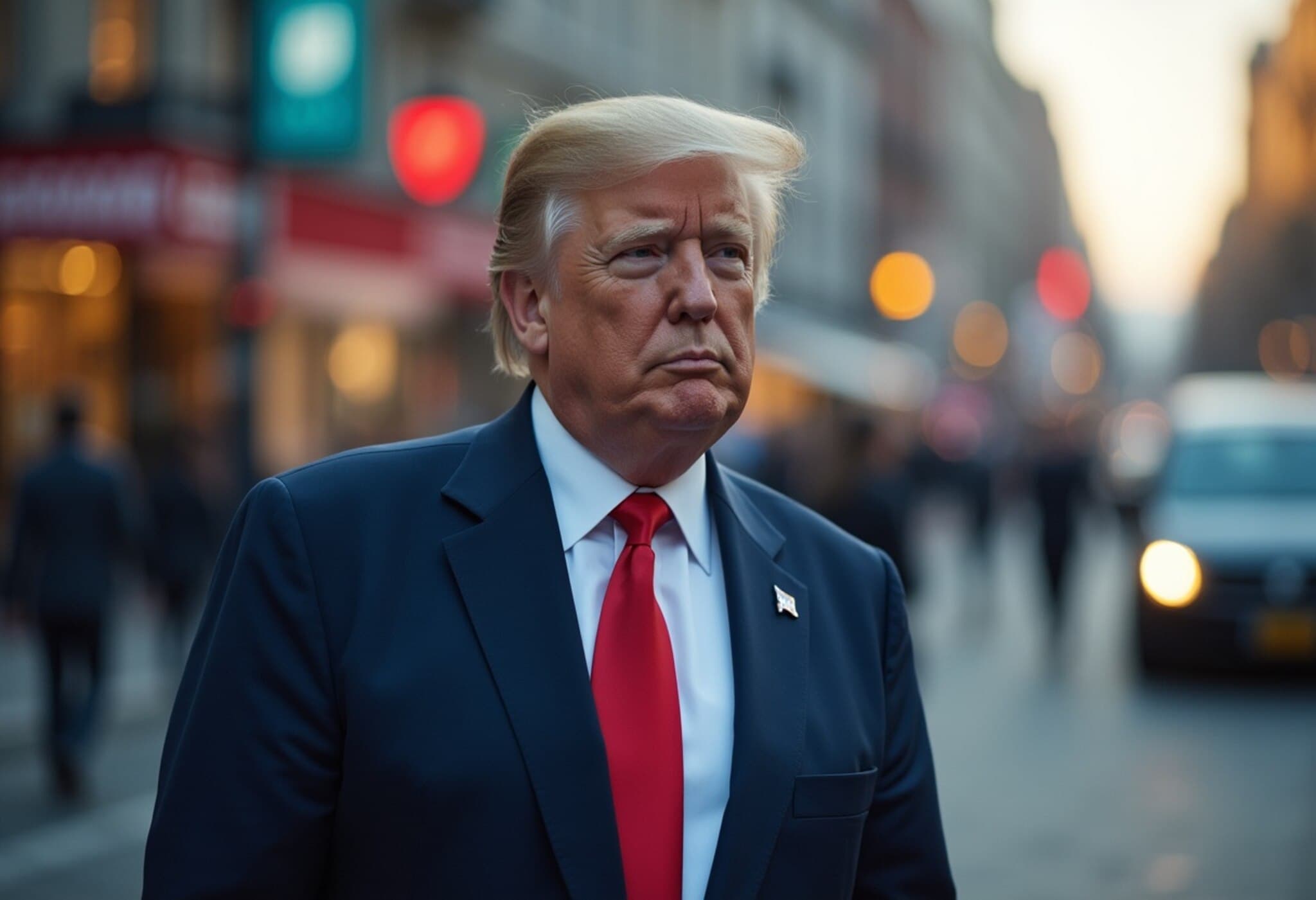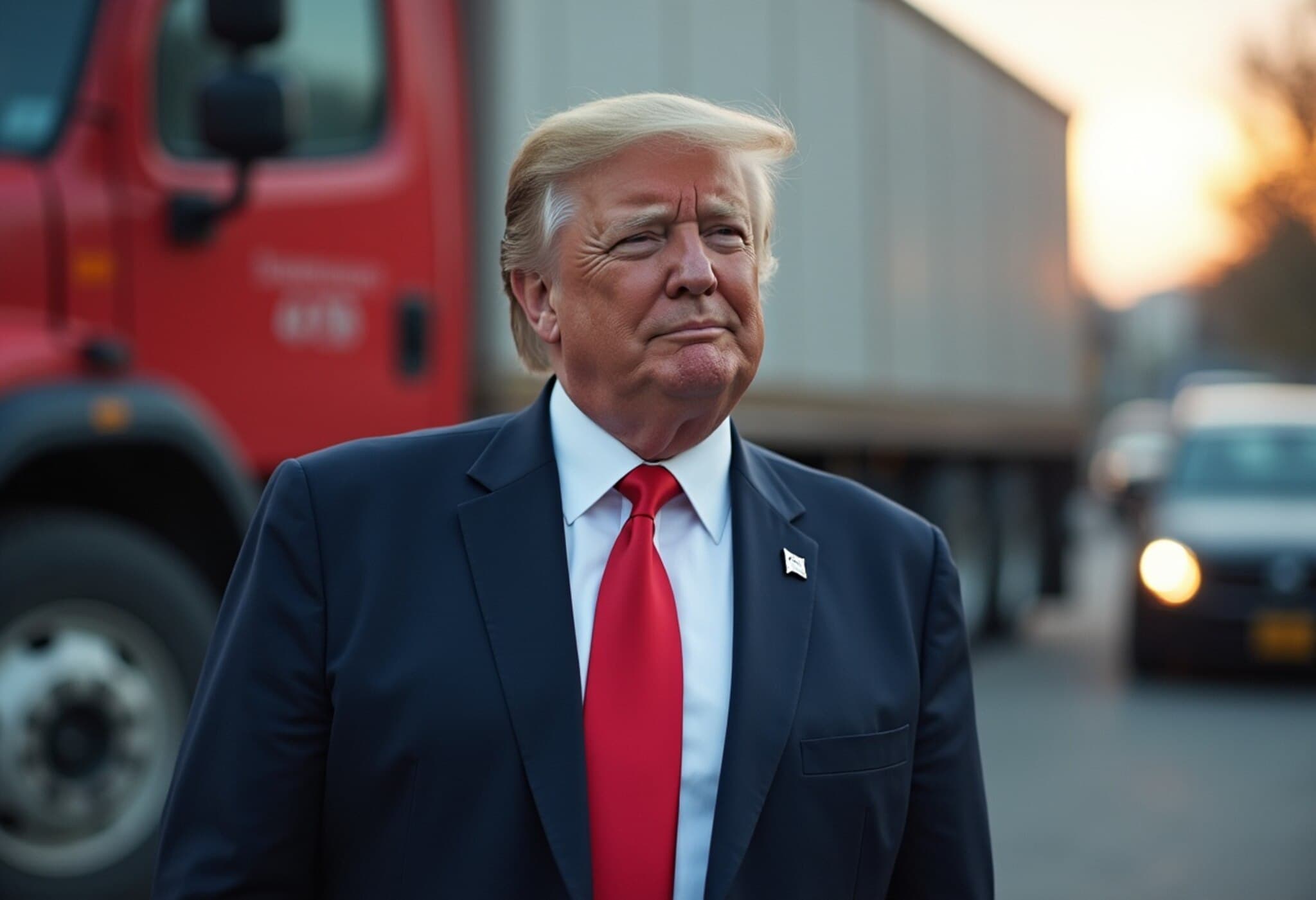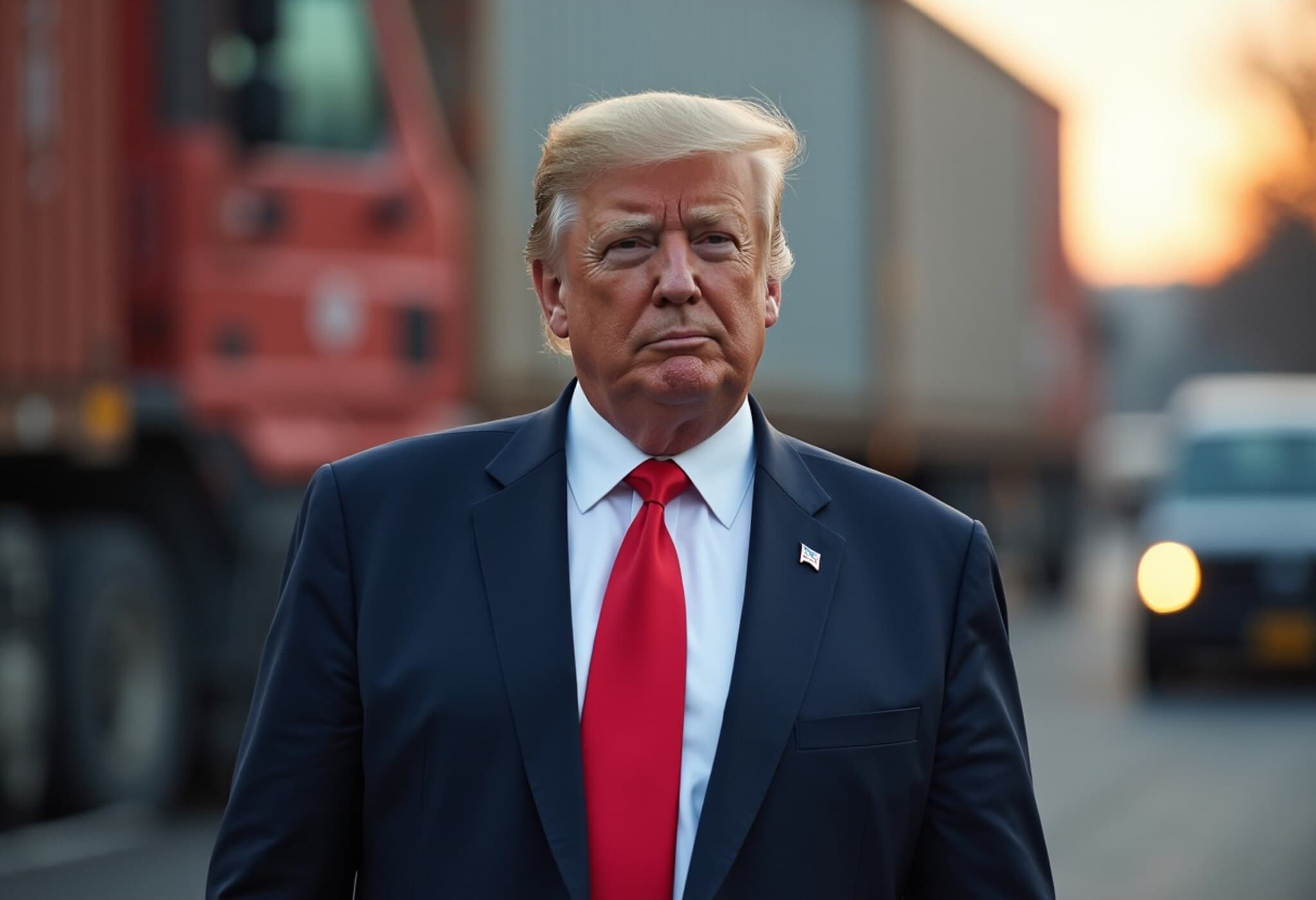Small Businesses Wrestle with Ongoing China Tariff Challenges
As the U.S.-China trade tensions continue to simmer, small retailers find themselves caught in a difficult position, struggling to navigate uncertainty around tariffs that directly impact their operations and bottom lines.
A ‘Vacation from Hell’ for Small Retailers
For Louisville’s Matt Kubancik, co-founder of Guardian Baseball, the hopes tied to a new presidential term quickly turned into frustration. Having voted for the incumbent with aspirations for economic revival and lower consumer prices, Kubancik instead describes the period as a “vacation from hell.” His company, reliant on Chinese manufacturing for its baseball goods, faces tariffs still set at a hefty 30% despite a temporary pause on more extreme tariffs earlier this year.
After two decades as a registered Republican, Kubancik recently shifted his party affiliation to Democrat, disillusioned by the ongoing trade policies that he feels are steering the country in the wrong direction. Guardian Baseball’s sales span both online platforms and physical stores, but rising import costs are forcing tough decisions.
Tariffs and Trade Uncertainty Hit Inventory and Pricing
Similarly, Alfred Mai, co-founder of ASM Games, a card game company, has put much of his business planning on hold. With the critical holiday season approaching, he wrestles with the timing and cost of placing large inventory orders. The looming expiration of the current 90-day trade truce in August creates anxiety around potential tariff hikes that could make importing prohibitively expensive.
Mai is now forced to raise prices between 10% and 20% just to cover the costs, hoping customers won’t be deterred. Meanwhile, companies like Down Under Bedding in Canada face similar hurdles, sometimes having to cancel orders or discontinue lower-margin products because tariffs have made them uncompetitive.
Behind-the-Scenes Numbers Mask Small Business Woes
Official surveys show fading recession fears among CEOs, and slight improvements in small business optimism. However, many owners admit that these broad metrics don’t fully capture the pinch felt at the ground level.
- Only about 30% of CEOs now predict a mild or severe recession in the next six months, a drop from near 60% in recent months.
- Despite modest optimism gains, uncertainty remains high among small business owners, as reported by independent business federations.
The temporary tariff pause has offered brief respite, but questions loom large about what happens when the three-month agreement between the U.S. and China ends, especially with mutual accusations of treaty violations escalating tensions.
Industry Voices Reflect Frustration and Uncertainty
Tony Sagar of Down Under Bedding recounts refunding customers who balked at paying unexpected tariff fees, sometimes nearly doubling the product’s price. Such scenarios have forced him to verify each U.S. customer’s willingness to accept extra charges before completing sales.
Meanwhile, Greg Shugar, who heads multiple apparel brands, describes the environment as paralyzing, with tariff decisions appearing driven by political considerations rather than clear economic strategy. His group’s recent meeting with a government representative did little to alleviate skepticism.
“We’re not going to eat a 30% tariff and neither is the consumer. So there are no winners here, only losers,” Shugar notes.
Even large retailers echo these concerns. After Walmart warned about price hikes, the president urged them to absorb tariffs, a stance small businesses find untenable.
Looking Ahead: Cautious Steps and Shifting Strategies
Guardian Baseball’s Kubancik has slowed new product development and deferred inventory orders to minimize risk. What once felt like breakthrough momentum now resembles a sharp downturn, as escalating costs and trade policy unpredictability threaten fragile growth.
For many small businesses, the path forward remains clouded by uncertainty—balancing the hope for renewed trade agreements against the harsh realities of tariffs still weighing heavily on their supply chains and profit margins.
Key Takeaways:
- Small retailers continue to grapple with China tariffs at 30%, even after a temporary pause.
- Uncertainty over the August expiration of the U.S.-China trade truce fuels cautious inventory and pricing decisions.
- Businesses report higher costs, forced price hikes, and disrupted planning, affecting consumer choices and competitiveness.



















